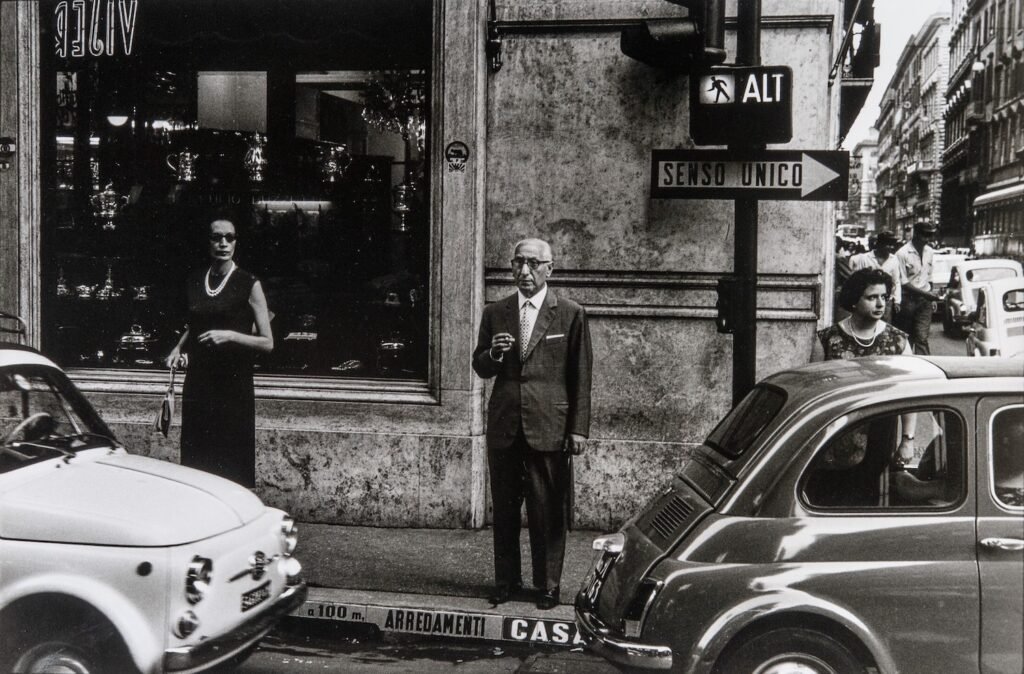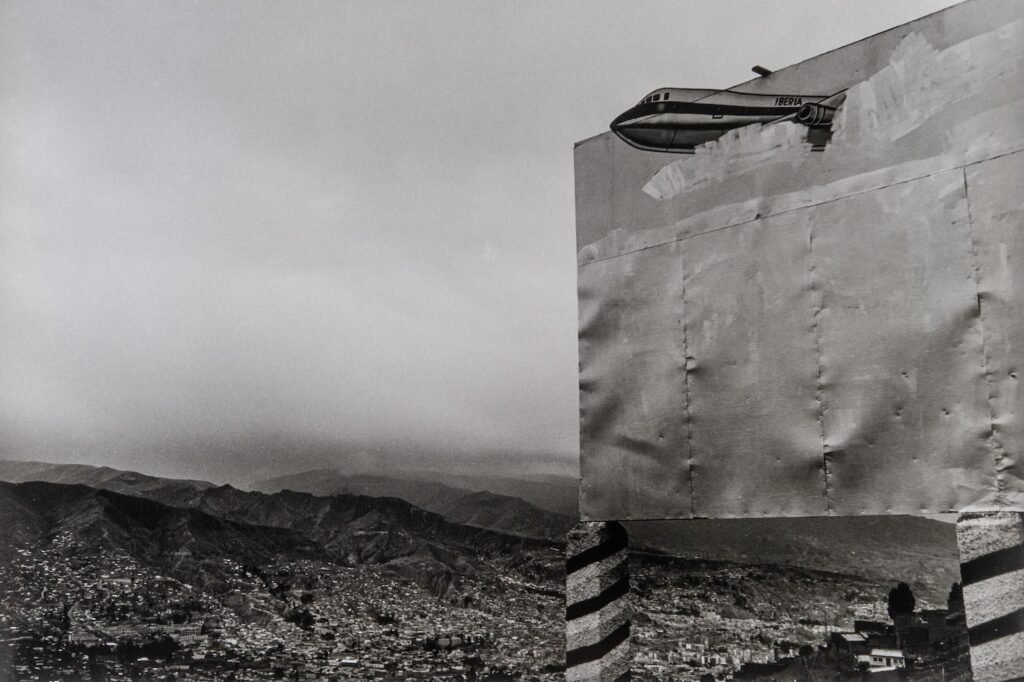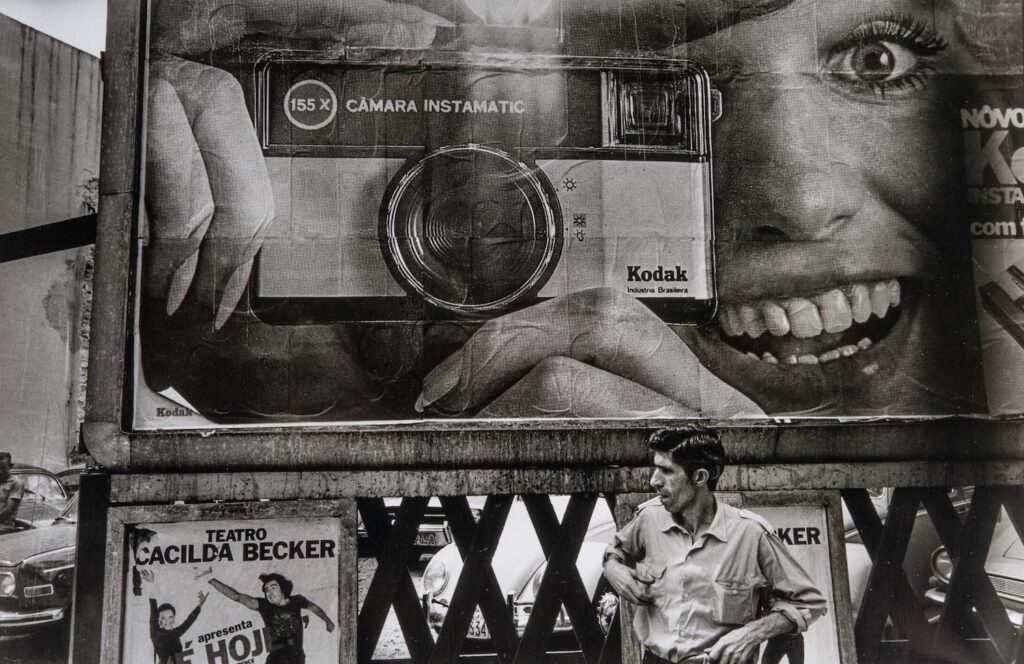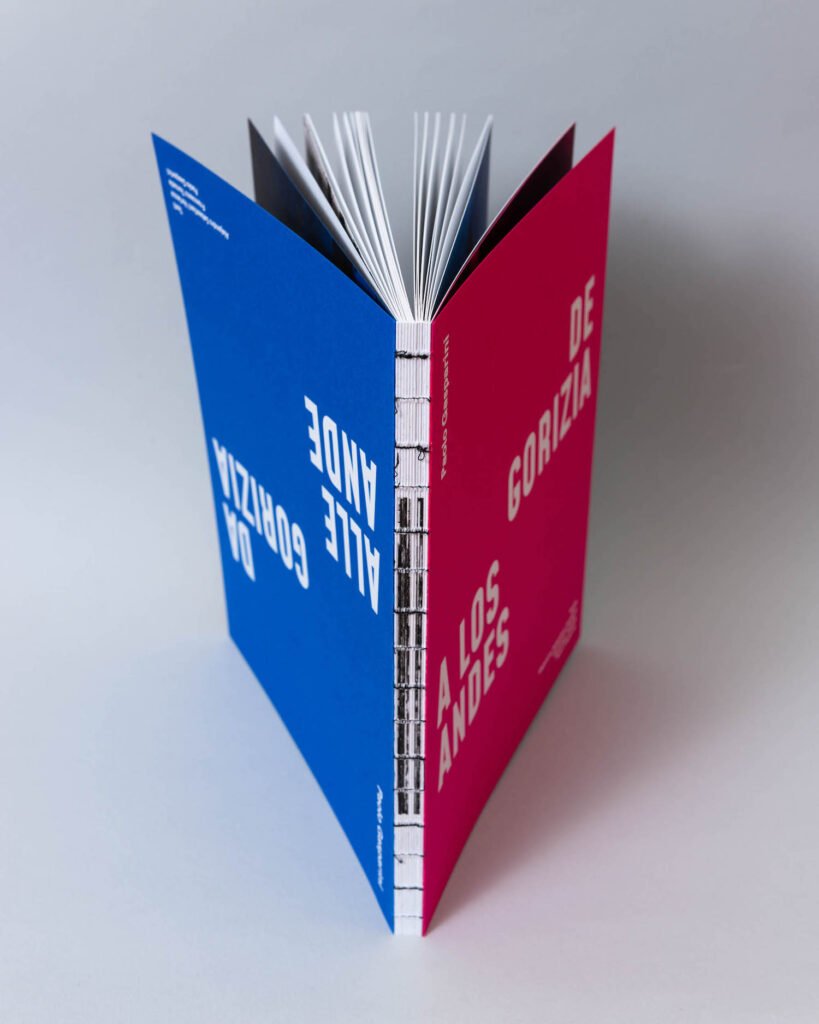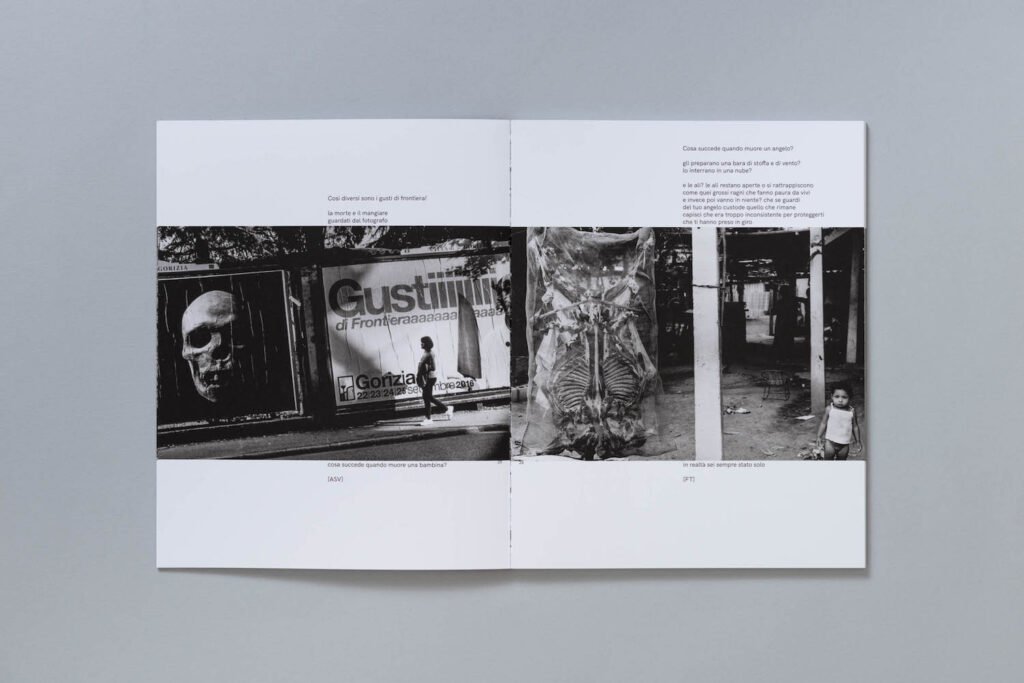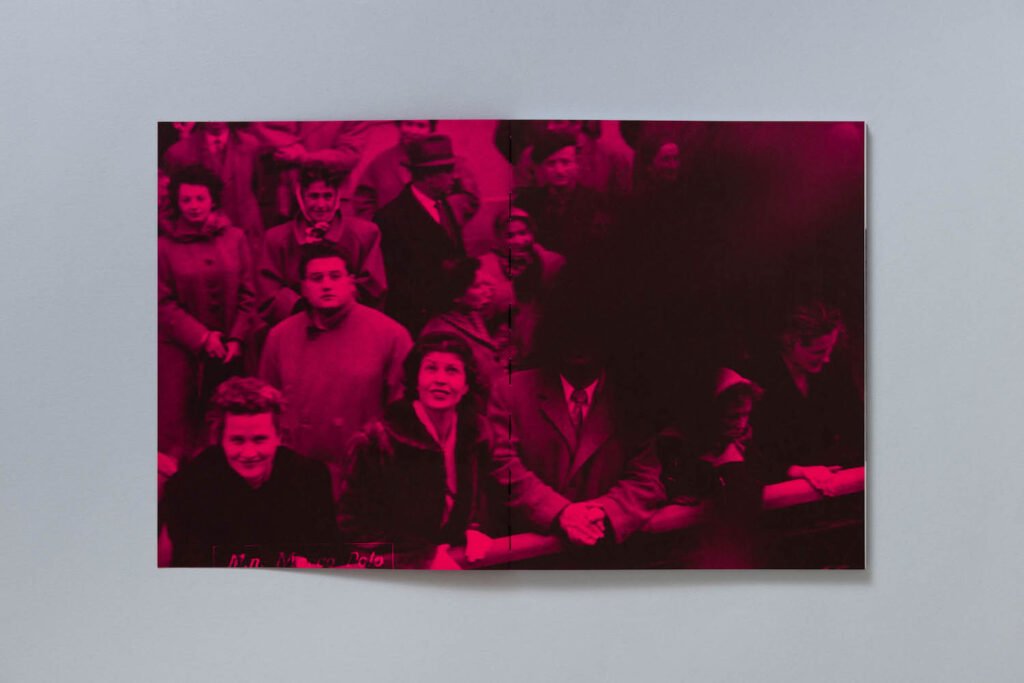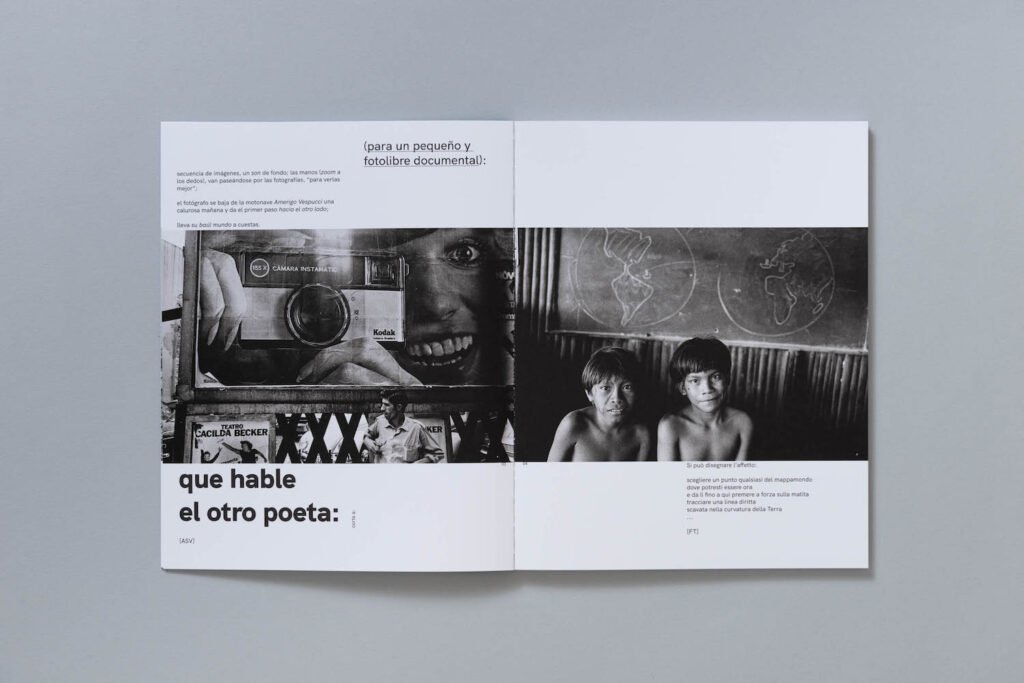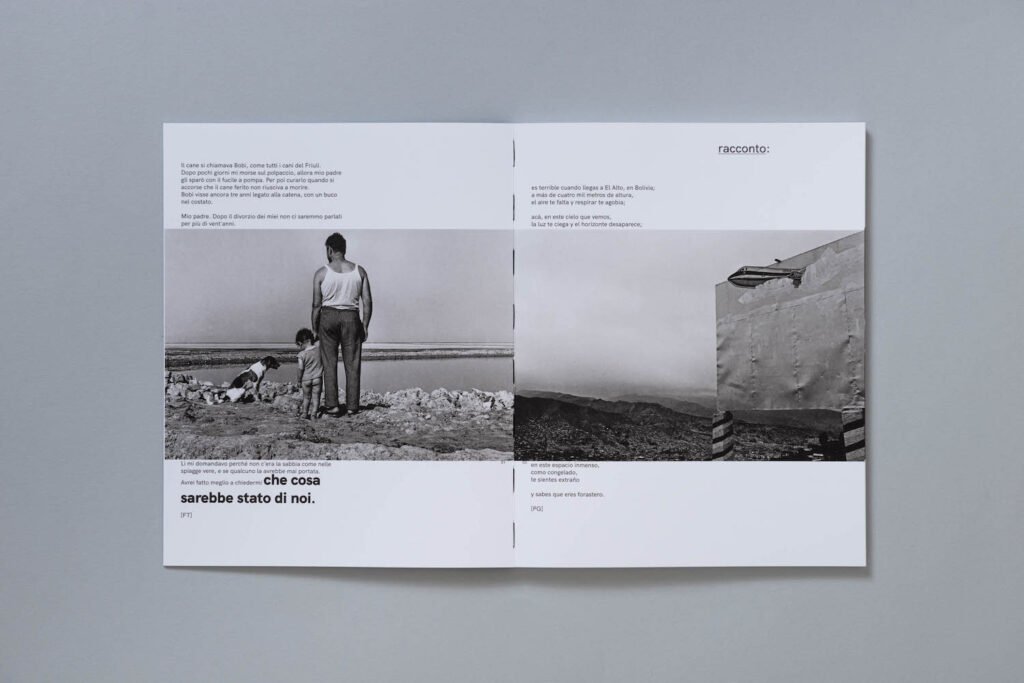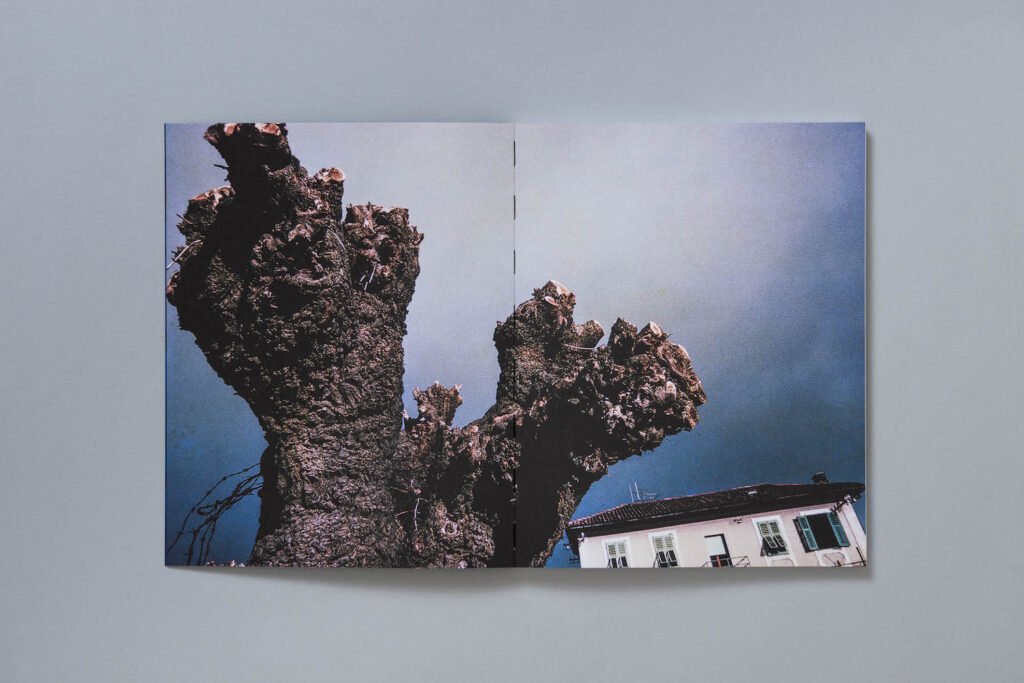Born in Italy, Paolo Gasparini studied photography in the early 1950s under the influence of Italian Neorealism. He immigrated to Venezuela in 1954 and began working as a professional photographer, contributing to the magazine A, Hombre y Expresión. He has traveled widely in Cuba and Venezuela, capturing images of cities and their inhabitants. Recording the tumultuous history of the continent through urban signs, Gasparini has become a leading figure of Latin American photography. He has exhibited in such prominent institutions as MoMA, New York; Fondation A Stichting, Brussels; and Centre Pompidou, Paris.
Da Gorizia Alle Ande (De Gorizia a Los Andes) is the latest book by Paolo Gasparini, an Italian photographer who’s lived between two continents for most of his life. On one edge there is his hometown Gorizia in the northeastern region of Italy, a place of origin and return where Gasparini first approached photography before emigrating to South America. There he lived mainly in Caracas and Mexico City, working as an architecture photographer whilst documenting people’s lives and their countries’ landmarks at the peak of the political turmoils that took place in Latin America of the 20th century.
The book can be read from left to right and backwards. It is designed in such a way to make the part with predominant Italian language text join with the one where Spanish leads the narrative. Two covers, one in blue and the other in magenta, introduce sections from each side. It is a two-way reading experience that meets in the middle, where the credits outline both sections. The design gives equal importance to both image and text, presenting the work as a multidisciplinary collaboration with two other artists: Francesco Tomada, an Italian poet from Udine, and Alejandro Sebastiani Verlezza, a fellow Venezuelan poet from Caracas. Their poems are well stitched with Gasparini’s contribution, providing an emotional dimension that reverberates within the pictures’ intangible borders – beyond any visual references.
The viewer is invited to look at history through the photographer’s engaged eye, his warm heart and empathetic gaze. We find images capable of filling the gap between historical documentation and personal turmoil they are a testimony of. Along with the narrative, Gasparini integrates his images with textual content, providing intimate reflections over the events of his life.
A series of thirty-three black and white pictures carries the remembrances of the best atmospheres from the neorealist tradition. The layout constitutes a linear sequence that runs uninterruptedly from cover to cover, apart from the joint credits meeting halfway through the book. The work dates back from 1953-54 to 2017, portraying places and people caught amid their daily struggles. At the beginning of each section we find only two coloured pictures that were shot at two significant places for the artist. One is a mulberry tree located in front of a dear friend’s studio in Italy, often frequented by Gasparini in his youth and of more personal resonance. The other is a view of the Sacrario Militare Redipuglia, a monumental graveyard nearby Gorizia, hosting bodies of 100.000 Italian soldiers who died during the First World War.
Tone-setter of the work is a ringing bell from De Sica’s neorealist movie I bambini ci guardano (Kids can see us). In one scene, the protagonist steals a bicycle and runs away ringing its bell in an illogical attempt to attract people’s attention. Similarly, the pictures hope to attract the reader’s attention with their vivid truths.
Gasparini’s work creates a relation between two distant and different countries united by the same attachment. Places where the artist has lived, loved and shared the suffering of its people. It is an ode to the undeniable strength of human beings in a time of controversial happenings, of historical pain. An attentive recording of meaningful everyday scenes unfolding before his eyes.
Edited by Studio Faganel, the book follows the making of a personal exhibition. Printed in large format, it features an exposed spine, inner stitching and a thick set of different papers elevating the impact of every image included. Overall, Da Gorizia Alle Ande emanates a poignant look over a world far away in time and space, to which the viewer connects directly through the eyes of the many kids staring at Gasparini’s camera.

